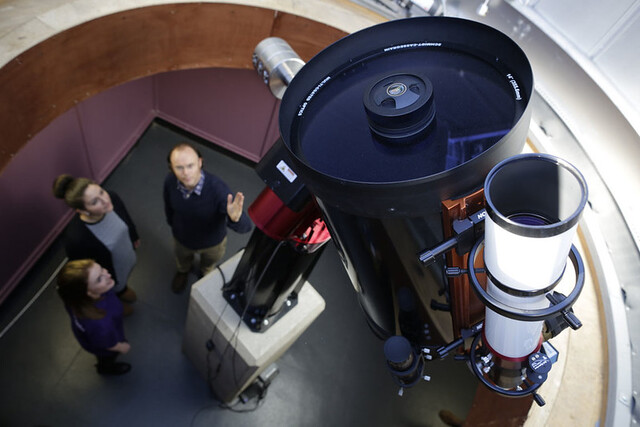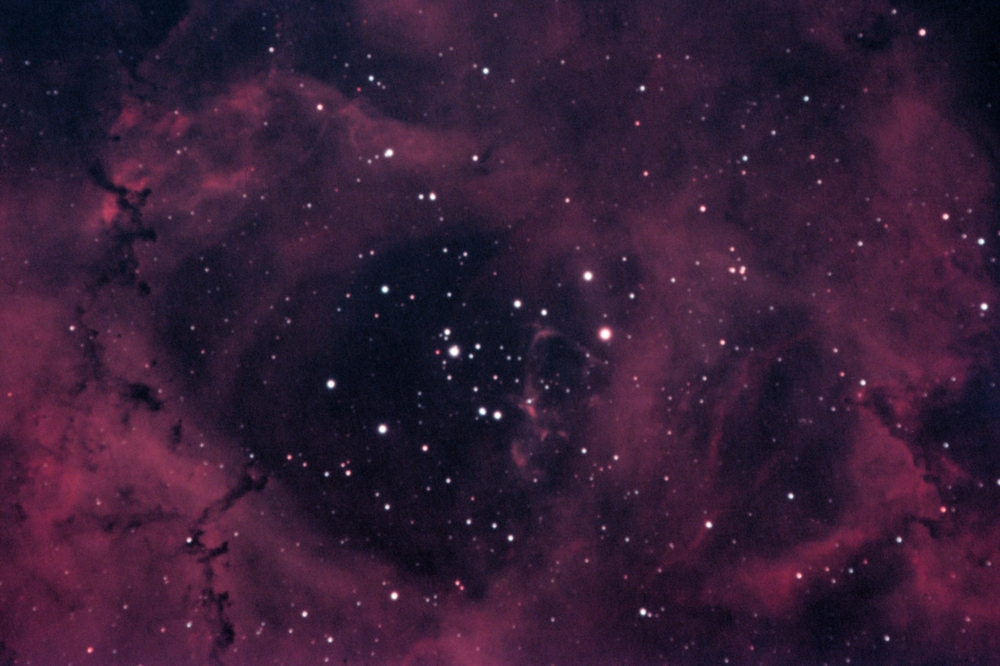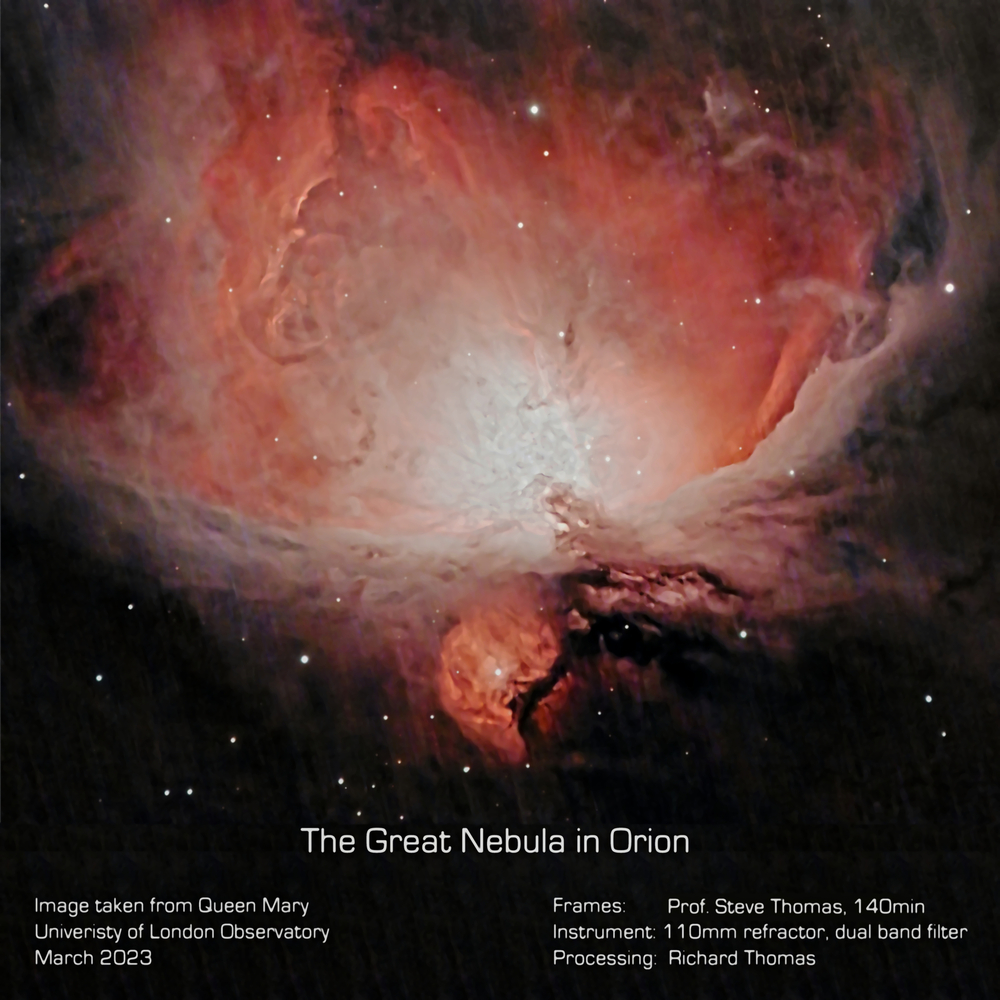Queen Mary is home to Central London’s only remotely controlled observatory open to students
In 2022, a significant investment led to an upgrade allowing everyone with a computer and an internet connection to operate the observatory dome, three telescopes and state-of-the-art CCD cameras remotely.

QM remotely controlled observatory
Located on the 7th floor of the Department of Physics & Astronomy, the observatory provides a panoramic view of the night sky, ideal for astronomical observations.
With its primary purpose being for teaching undergraduate students, the observatory is used to help them learn the basic techniques in astronomical observing and data analysis as well as for research projects as part of their degrees.
"The remote-controlled observatory, has a great potential to allow more of our existing students to undertake final year project work in observational astronomy. The observatory itself affords only a relatively small space, which limits the number of people who can work there at any given time. We envisage groups of our own students and eventually those from local schools, taking part in remote live imaging sessions in the future." Emeritus Professor in Theoretical Physics Steve Thomas said.

Rosette Nebula in the constellation Monceros, taken using the remotely operated observatory
Remotely operating the observatory has given professors an opportunity to work around the constraints of the unpredictable UK weather and quickly organise sessions when a clear night sky is expected, with attendees easily joining online from the comfort of their own home.
"To be able to operate the observatory remotely means we can maximize its use for undergraduate project work as well as outreach events, compared to on-site use only. Since the observatory can only safely house about 10 people at a time, we can accommodate many more people in online observing events." Professor Steve Thomas explained.
Another key advantage of the now automated observatory is accessibility. "With remote access, anyone with a computer and an internet connection is able to fully participate in observing sessions and that includes people with mobility issues unable to join before." Professor of Astronomy and Mathematics Richard Nelson highlighted.

The Great Nebula in Orion captured by Professor Steve Thomas, using the QM automated observatory
Examples of the final-year research projects that students can undertake using the telescope include detecting extrasolar planets using the transit technique, which involves measuring the dimming of a star when a planet orbits around it and blocks out some of the light from the star, and measuring the ages and distances to distant star clusters by measuring and analysing the light from the stars that make up those clusters.
These projects complement the ground-breaking research work being carried out by astronomers at QMUL. For example, Dr Anglada-Escudé discovering an exoplanet in 2016. Proxima b, a planet outside our solar system, is orbiting our nearest star, Proxima Centauri. Since it is within the habitable zone in its own solar system, where liquid water can exist, it is possible that the planet could harbour life.
In February 2023 Dr Thomas Haworth from QMUL's Astronomy Unit was awarded a European Research Council (ERC) Consolidator Grant worth €2m to investigate how planet forming discs evolve in different star cluster environments.
Find out more about the observatory and the School of Physical and Chemical Sciences.
Related items

27 June 2025

